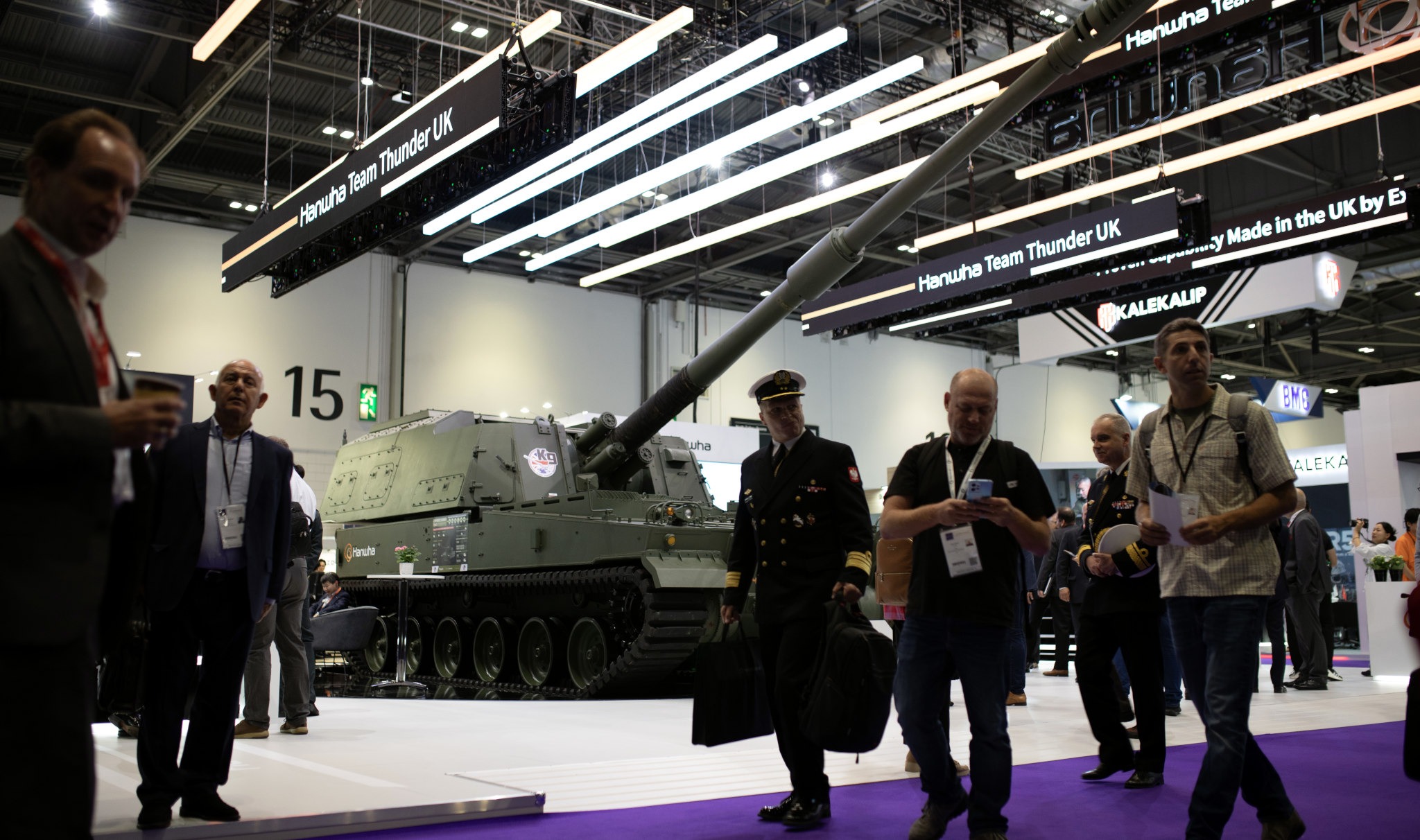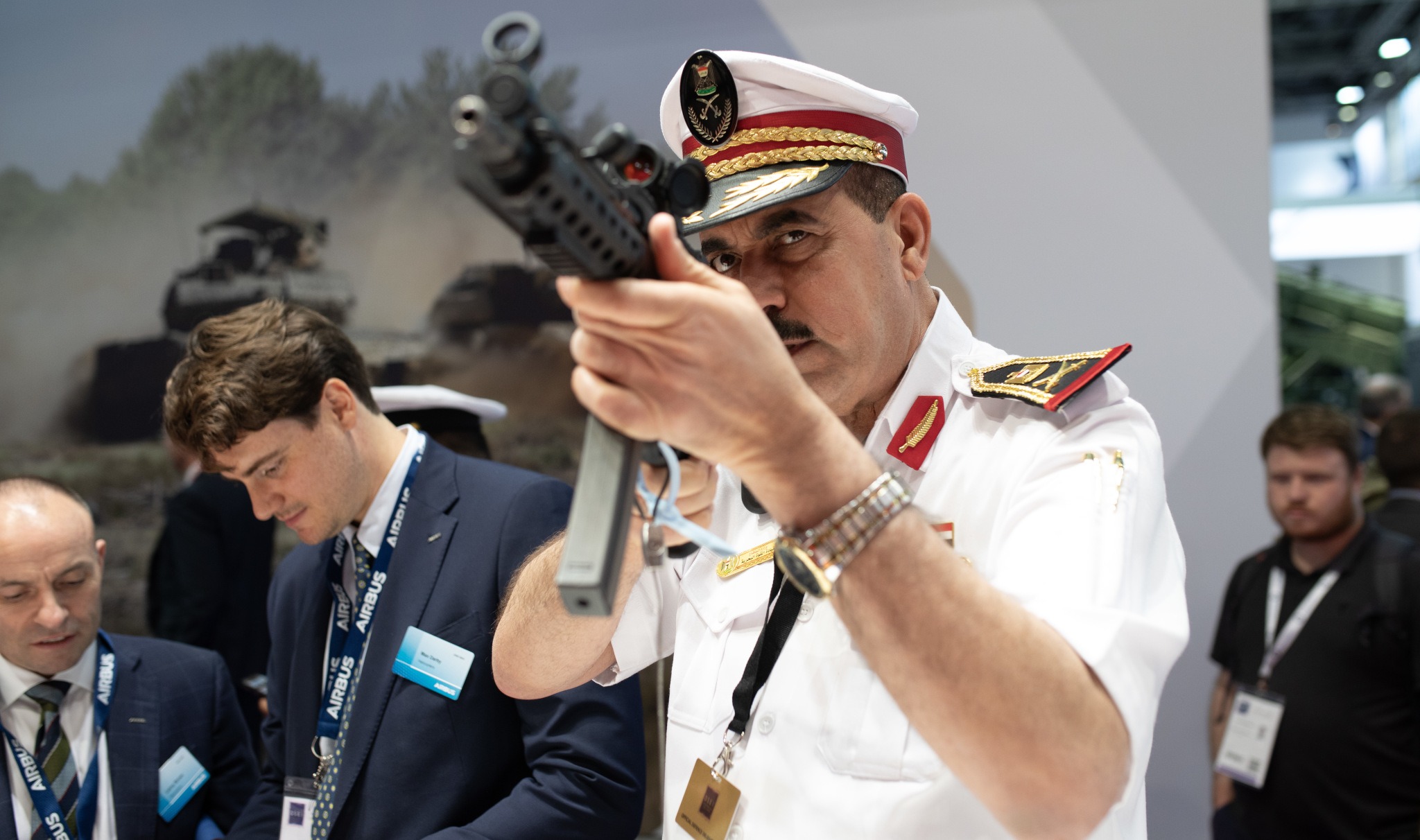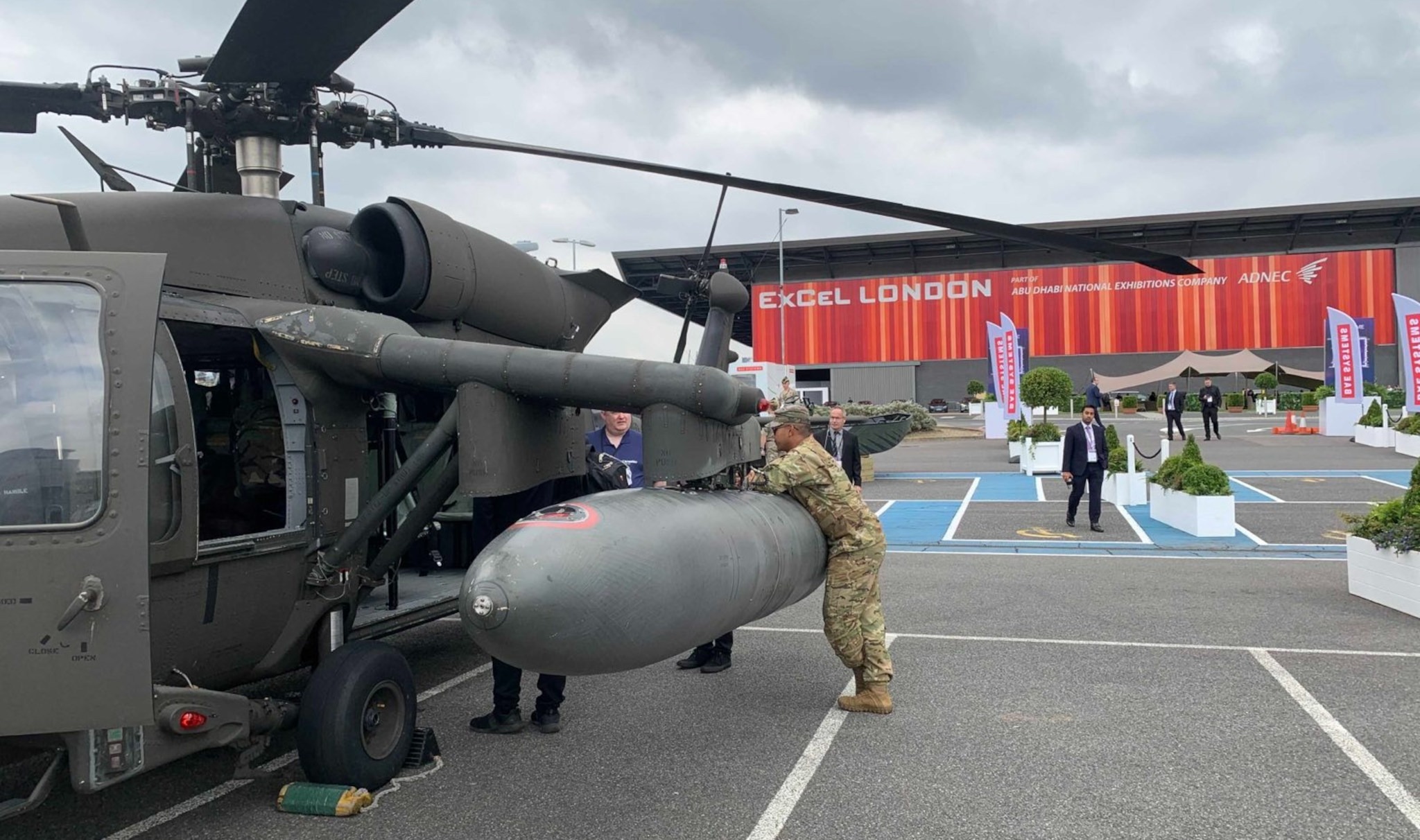When my colleagues Phil Miller and Matt Kennard visited the world’s largest arms fair in London last month, they found weapons manufacturers cashing in on Europe’s worst conflict for decades.
“The war in Ukraine has driven an increase in sales across the portfolio for sure,” one weapons company executive told them.
New orders are indeed flowing to arms companies as some announce rising profits fueled by the war. Corporations such as MBDA, Babcock and Thales have all recently won lucrative new contracts from the UK’s Ministry of Defence for missiles and technical support to armoured vehicles.
Both Babcock and BAE, the UK’s largest arms exporter, have now set up offices in Ukraine, positioning themselves to secure new deals. BAE’s share price has jumped more than 75% since the Russian invasion last year.
The company’s new agreement with Ukraine will “ramp up the company’s support to Ukraine’s armed forces” and enable BAE “to work alongside” them “to… support its future force structure”.
As the UK continues to pour weapons into Ukraine, the devastating conflict is providing a boon to UK and NATO military industry. But there is a long history of Britain profiting from war.
What is it good for?
Within a month of Russia’s invasion of Afghanistan in December 1979, prime minister Margaret Thatcher was writing to US president Jimmy Carter about the need to implement “immediate political and economic measures which we intend to direct at the Soviet Union”.
A key one was to “accelerate negotiations over the sales of British defence equipment to Oman, Saudi Arabia and other states in the Gulf,” she wrote, in files now declassified at the National Archives.
A decade later, the same arms export opportunities were in the minds of British officials after another invasion.
“Armaments are our most successful manufactured export”
Less than three weeks after Saddam Hussein’s Iraq invaded Kuwait in August 1990, the UK’s defence procurement minister, Alan Clark, was eyeing up prospects. He wrote to his boss, Thatcher, stating the UK and its allies should view Iraq’s invasion as an “unparalleled opportunity” for British arms exports.
Iraq and Kuwait now presented “a vast demonstration range with live ammunition and ‘real’ trials,” Clark wrote. “Armaments are our most successful manufactured export”, he added.
At the end of the memo he provided a list of “current defence sales prospects at the start of the crisis”. Clark listed a number of potential customers with the United Arab Emirates, Saudi Arabia, Egypt and Jordan at the top of the list.
Arming both sides
Britain benefiting from Iraq’s war in 1990 was nothing new. Throughout the 1980s, when Baghdad fought revolutionary Iran in a brutal war that consumed the lives of hundreds of thousands of people, the UK provided an array of arms to Saddam’s Hussein regime.
But the UK also armed the other side, Iran.
From the very first day of the Iran–Iraq War, which broke out in September 1980, Britain sent millions of pounds worth of tank barrels and tank engines to Iran, calling them “non-lethal” equipment.
This helped to maintain the 890 Chieftain tanks and 250 Scorpion tanks the British had delivered during the 1970s to the shah of Iran, who ruled the country before being overthrown in 1979.
Further exports to Iran of hundreds of Land Rovers and air defence radars followed, while other back channels were used. One scheme involved Whitehall’s connivance with a company called Allivane International to secretly ship arms to Iran in the mid to late 1980s.
Another enabled the British company BMARC to export naval guns, spares and ammunition to Iran via Singapore in 1986.
Another opportunity
When a peace agreement was signed between Iraq and Iran in August 1988, this also provided an opportunity. Foreign secretary Geoffrey Howe noted in a secret report to Thatcher that “opportunities for sales of defence equipment to Iran and Iraq will be considerable”.
The only problem was that he was writing five months after Iraq had launched a chemical weapons attack on the Kurdish town of Halabja in the north of the country, killing over 3,000 people.
The secrecy of this arms export policy was vital, since, as one Foreign Office official noted, “it could look very cynical if, so soon after expressing outrage about the treatment of the Kurds [at Halabja], we adopt a more flexible approach to arms sales”.
This didn’t matter. In October 1989 foreign minister William Waldegrave noted of Saddam’s Iraq that “I doubt if there is any future market of such a scale anywhere where the UK is potentially so well-placed”. He added: “The priority of Iraq in our policy should be very high.”
The UK had by then already allowed numerous British companies to exhibit equipment at the Baghdad arms fair in April, attended also by weapons salesmen from the government’s Defence Exports Services Organisation.
Backing rivals
Whitehall’s arming of both sides in Iraq and Iran was not an aberration. Britain has also long armed both Pakistan and India, even at the point where tensions between the two have been at their highest, with the prospects of war very real.
Since 2008, Labour and Conservative ministers have approved £233m worth of arms to Pakistan and £2.3bn to India. Included in these long standing exports are weapons ideal for combat.
Take also the murderous war in the Democratic Republic of Congo (DRC), which claimed three million lives until a peace accord was reached in July 2002.
Britain sold arms to Zimbabwe, Namibia and Angola, which intervened to support the DRC regime, at the same time as supplying Uganda and Rwanda, which were fighting the DRC and its allies.
Representatives from opposing sides (Uganda and Angola) were invited to London’s annual arms fair in September 2001. The International Institute for Security Studies in Pretoria said that “Britain is inflaming the situation by arming both sides”.
“Whitehall’s arming of both sides in Iraq and Iran was not an aberration”
Throughout the 1970s to the 1990s when the Arab-Israeli conflict was at its height, Britain also armed both sides: Israel and the Arab states. It’s still arming other rivals now such as its NATO allies Greece and Turkey, which have disputes over Cyprus and the economic status of Greek islands.
Since 2013, the UK has sold Greece £127m worth of arms and Turkey as much as £2.1bn.
In the last ten years Britain has exported £227m worth of arms to China and no less than £702m to Taiwan, which is claimed by Beijing. Taiwan has become a burgeoning arms export market for Britain in the last few years, just as war between Beijing and Taipei has become more likely.
Why do British policy-makers fuel conflicts by pumping still more weapons into them? Most obviously, money. But also, influence – arms exports can shape conflicts or bring influence with key decision-makers in foreign states, especially when accompanied by military training programmes that increase contacts with political leaders.
Proponents of Britain’s extensive military industrial complex always justify weapons exports by claiming they sustain jobs and the economy. But there are better ways to boost the economy and this often costs the public. BAE Systems, for example, paid less than 15% of its own research and development costs in 2022: the rest was paid by the state.
As Anna Stavraniakis has pointed out, the arms industry is increasingly owned by asset managers and investment funds whose returns flow to wealthy individuals and pension funds.
The reality is that Britain is a substantially militarised society, and this state of affairs is championed by Labour and Conservative politicians alike. Worse still, war is an integral feature of Whitehall’s business model.




